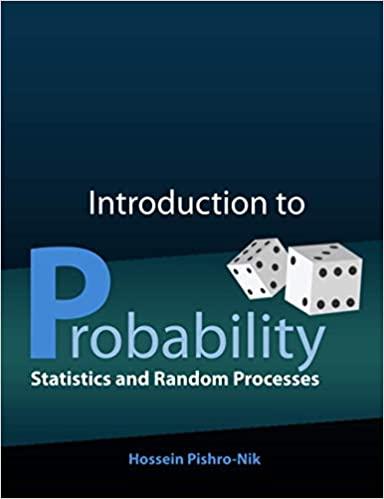Consider a radar system that uses radio waves to detect aircraft. The system receives a signal and,
Question:
Consider a radar system that uses radio waves to detect aircraft. The system receives a signal and, based on the received signal, it needs to decide whether an aircraft is present or not. Let X be the received signal. Suppose that we know 
where W ∼ N(0,σ2 = 1/9). Thus, we can write X = θ +W, where θ = 0 if there is no aircraft, and θ = 1 if there is an aircraft. Suppose that we define H0 and H1 as follows:
H0 (null hypothesis): No aircraft is present.
H1 (alternative hypothesis): An aircraft is present.
a. Write the null hypothesis, H0, and the alternative hypothesis, H1, in terms of possible values of θ.
b. Design a level 0.05 test (α = 0.05) to decide between H0 and H1.
c. Find the probability of type II error, β, for the above test. Note that this is the probability of missing a present aircraft.
d. If we observe X = 0.6, is there enough evidence to reject H0 at significance level α = 0.01?
e. If we would like the probability of missing a present aircraft to be less than 5%, what is the smallest significance level that we can achieve?
Step by Step Answer:

Introduction To Probability Statistics And Random Processes
ISBN: 9780990637202
1st Edition
Authors: Hossein Pishro-Nik





